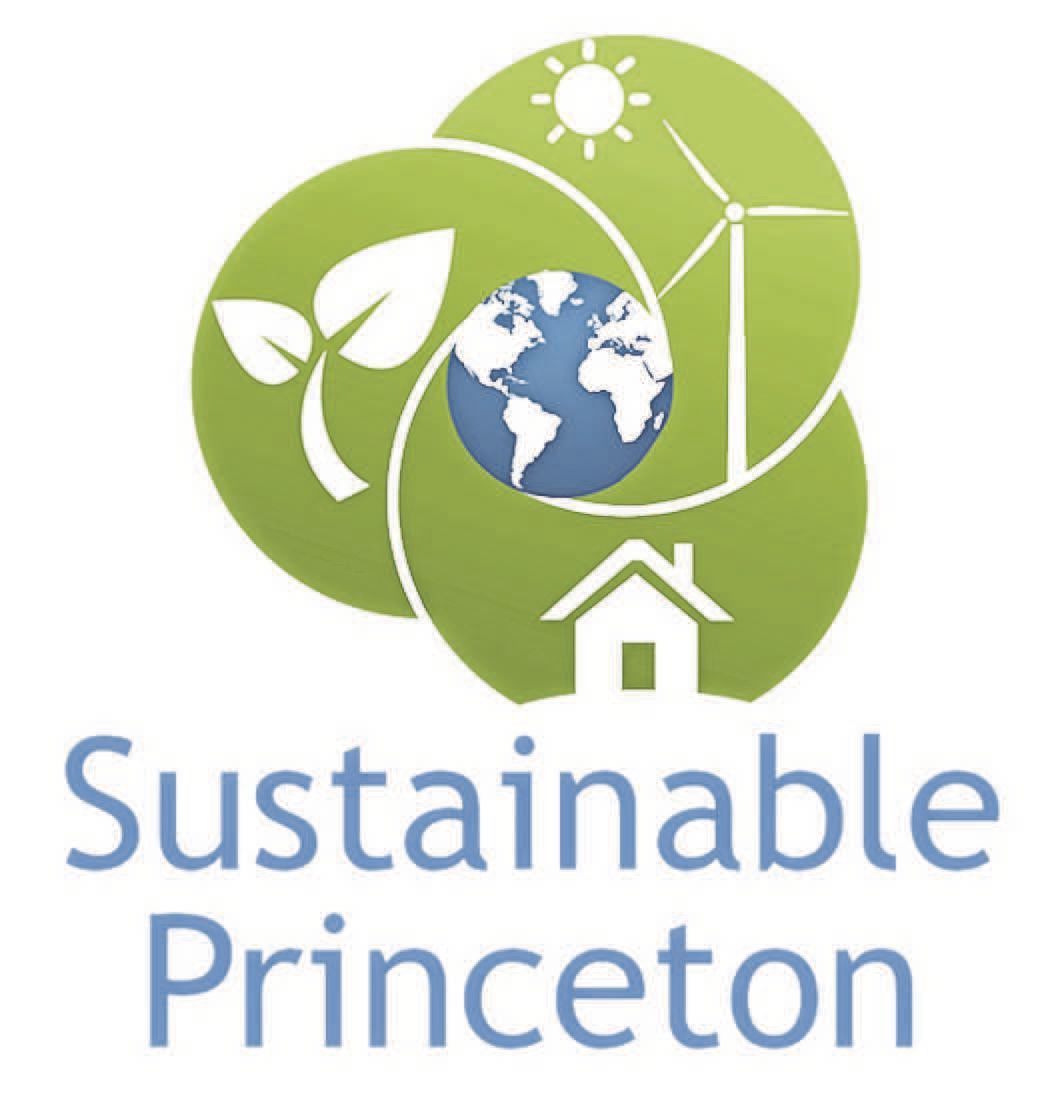By Huck Fairman
How do we address the need for a more sustainable economy? What does a sustainable economy mean?, Sustainable Princeton, the Princeton Public Library, and sponsor NRG Energy presented another in their series of important discussions around implementing sustainability. The evening saw speakers from four private-sector companies detail goals and steps their companies are taking to become more sustainable., First, NRG sustainability coordinator Dylan Siegler, the evening’s moderator, set the stage by contrasting the economic model that evolved during the Industrial Revolution, with a new, more sustainable model, the circular economy. That early model generally saw manufacturing follow a sequence of: resource extraction (of large quantities of cheap, raw materials,) then production, distribution, consumption, and waste., Today many companies and observers see that a more efficient and sustainable model is a circular one. Following production (and resource extraction,) distribution, and consumption, companies now turn to repair, reuse, recycle, in place of relegating so much to waste. Thus a new player in the economic stream is the recycling sector, which can replace much resource extraction., To achieve this transformation, however, the overall economic system needs de-coupling, redesigning, and moving away from single use and disposal, to renewal and regenerative approaches. What was once waste may now become “feedstock.”, As an example, Ms. Siegler noted that NRG’s biggest waste product is CO2. (NRG Energy is the nation’s largest, independent power producer.) Aware of this, the company is working to not only reduce its CO2 emissions but to capture and utilize them for new purposes and products. Among several innovations is their Petra Nova project, which begins with carbon capture and then uses that CO2 to enhance oil production and even manufacture different products — shoes, for instance., Matt Wasserman, vice president for New Product Development and Sustainabiltiy for Sabert Corp., described his company’s efforts to create disposable, degradable packaging in place of the ubiquitous and troublesome plastic packaging. Among Sabert’s innovations is the manufacture of household bowls made from waste — a re-purposing that saves trucking and landfill costs., Charlene Wall-Warren, director of sustainability at BASF, explained that her company is seeking to harness chemistry to make products for automobiles, electronics and construction. Their guiding principles are: “Keep it smart. Close the loop. Look at the entire life cycle of materials and products.” As has been noted before in this column, such by-products as fly-ash can be used to enhance concrete and make construction materials — processes which save the high-energy input required to make traditional concrete., Michael Waas, global vice president of brand partnerships at TerraCycle, revealed that his company is looking at unusual waste sources, such as food waste and diapers, to be the raw materials for new products — which again not only reduces waste but saves the energy formerly needed to extract, manufacture, and dispose., He noted that while many products are too complex in their constituent compositions, to recycle, or break down into usable elements, there remain many that are. He pointed out, however, that there also needs to be markets for re-usable materials, to make recycling viable. Therefore part of his company’s goal is to expand not only the array of recycled products but the markets for them., There remain challenges, however, for the new circular economy. One is that 95 percent of plastics are used only once, then disposed. Thus true recycling must start with manufacturing’s decisions on materials and products. Additionally, access to recycling needs to be increased through easy identification and convenient sites. Mr. Waas also noted that because our nation is so large and our economy so complex, input from other actors — individuals, citizens, representatives, and government — is essential to innovate and scale up to economically sustainable levels., Moreover, waste is a global problem, as energy, products, and packaging move around the world. In addition to the Paris Climate accord, nations have come together to formulate 17 global goals, ranging from water and gender issues to consumption patterns and new technologies. While many people in Europe and this country are recoiling and retreating from global coordination, the complexities of civilization require not less but further international accord. And it will be an ongoing challenge to implement necessary accords while avoiding sclerotic regulation., Finally, while there is little serious doubt about the need for sustainability, there is a question about timing and priority. With nature and civilization facing profound changes from global warming, if insufficiently addressed, (and NASA measured 2016 to be the hottest on record, topping the previous two years’ records,) it seems imperative to concentrate on reducing CO2 emissions., We know how to do this — by turning to renewable energy (including nuclear, many scientists say,) to electric (or other non-emitting) vehicles, and to sequestering. But because science estimates we may have only 10 to 20 years to accomplish this, it seems rational, and probably crucial, to focus a preponderance of thought and effort on reducing those emissions. The next decade or two may well be when we “make-or-break” our future., Huck Fairman is a Princeton author who writes SOLUTIONS about environmental issues.

